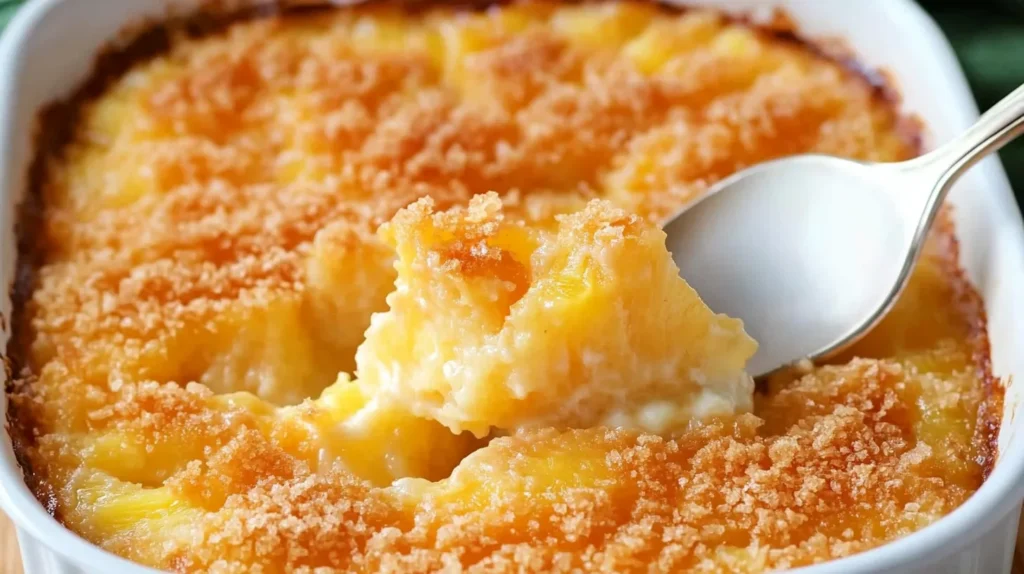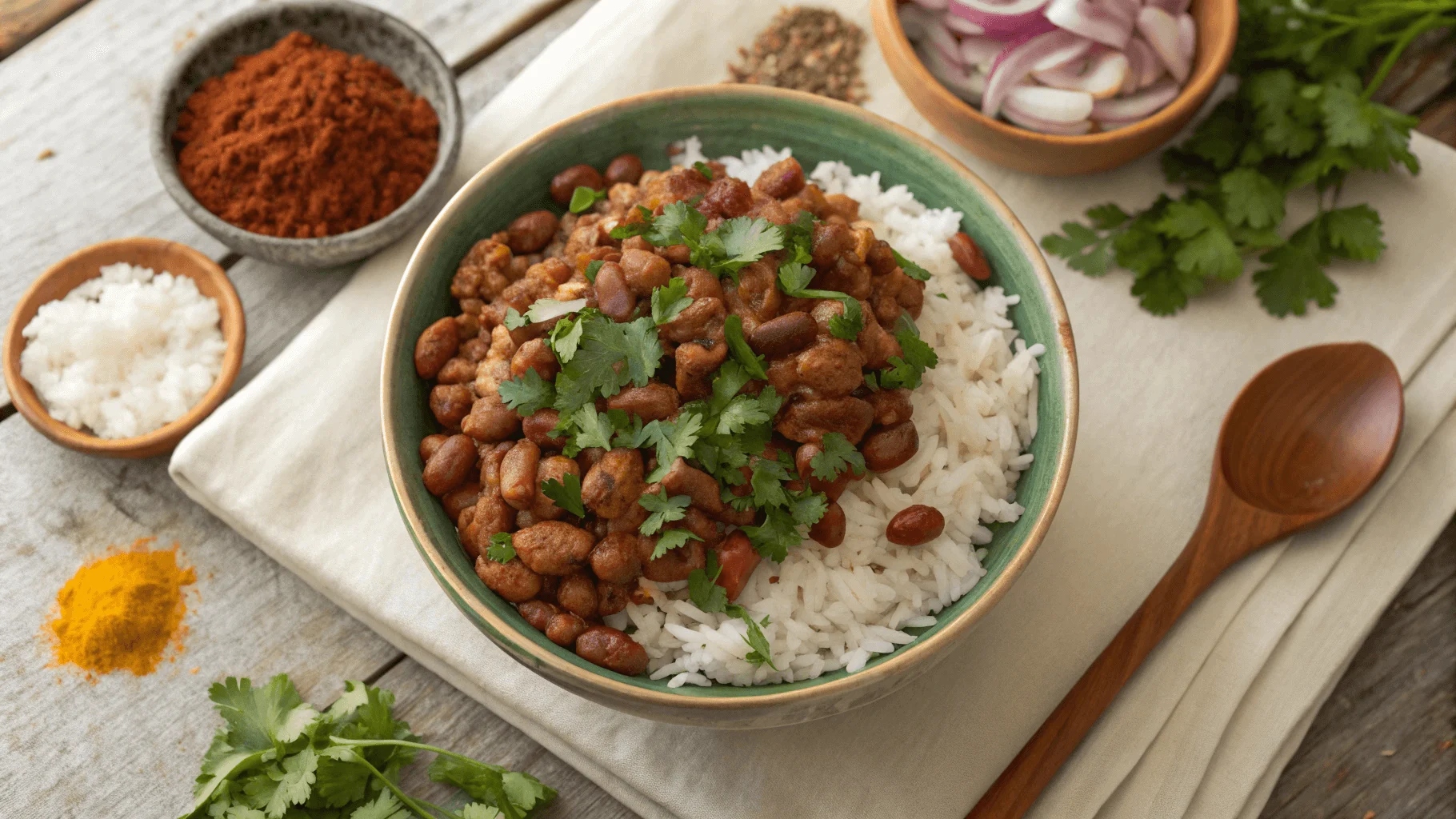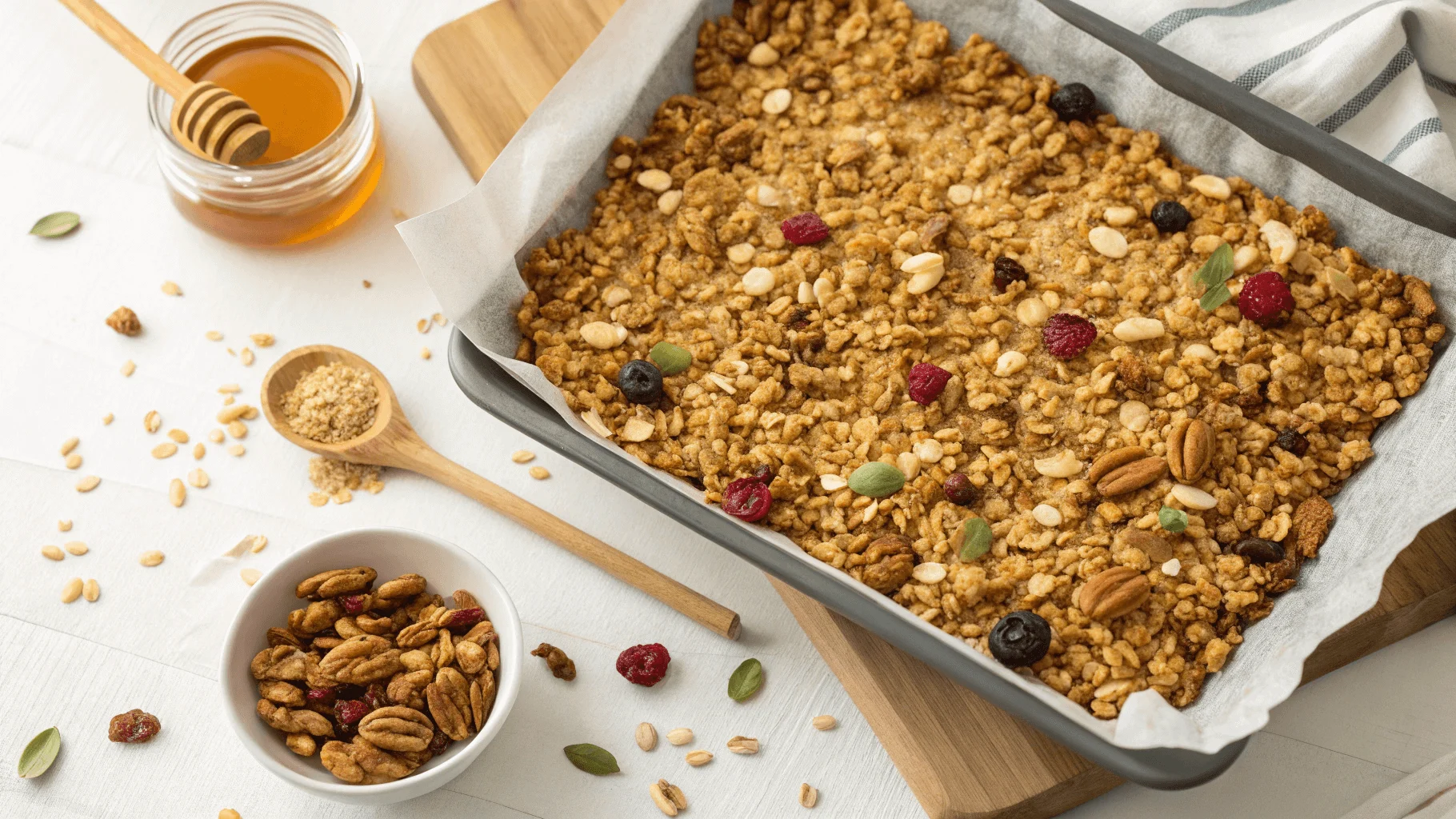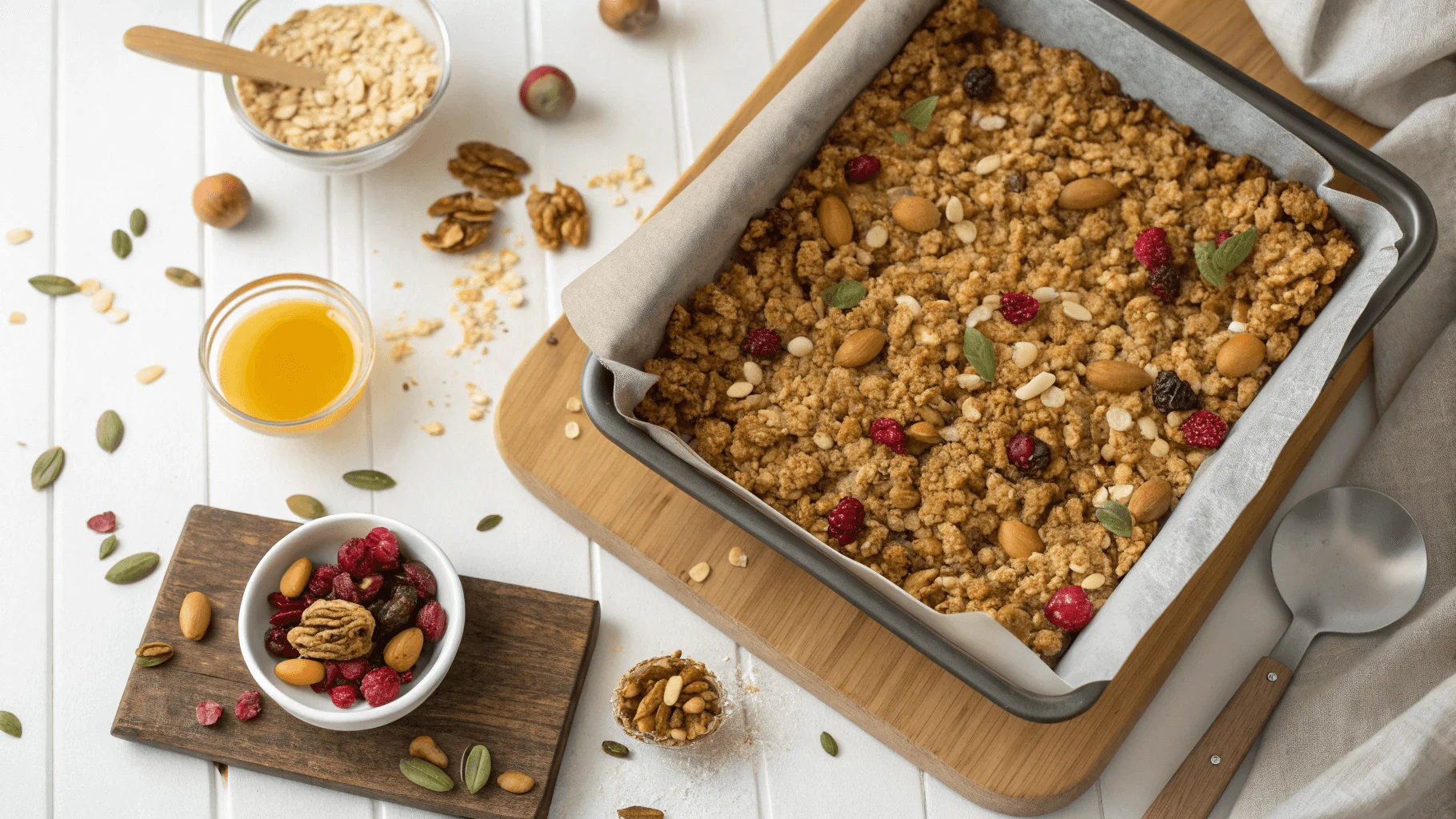Pineapple is one of the most popular tropical fruits worldwide, known for its sweet and tangy flavor. Whether eaten fresh, incorporated into dishes, or blended into drinks, pineapple has gained a well-deserved reputation for its versatility and health benefits. In this article, we will cover a variety of ways to use pineapple, ranging from its culinary applications to its potential in home remedies, sustainable practices, and much more. Furthermore, we will explore how to incorporate pineapple into different areas of your life. By the end, you will not only learn how to use pineapple in everyday life but also unlock its full potential in multiple aspects of your routine, enhancing both your health and lifestyle.
Understanding Pineapple: A Tropical Wonder and Its Benefits
To truly understand how to use pineapple, it’s essential to appreciate its origins and nutritional profile. Native to South America, pineapple has become a staple in tropical regions across the globe. This fruit is rich in essential vitamins like vitamin C and manganese, as well as enzymes such as bromelain, which aids in digestion. The sweet, acidic taste of pineapple makes it perfect for a variety of applications, from savory dishes to desserts and beverages.
Pineapples grow on short plants with long, spiky leaves and a distinctive yellow-orange color. They are typically harvested when ripe and can be found in most grocery stores year-round. However, the methods of using pineapple in different cultures vary greatly. In this article, we’ll look at how to use pineapple in a variety of ways to bring both flavor and health benefits to your life.
How to Prepare Pineapple for Use: A Guide to Its Benefits
Before you learn how to use pineapple in various recipes, it’s important to know how to properly prepare it. The preparation of pineapple involves peeling, removing the core, and cutting the fruit into manageable pieces. Here’s how you can prepare it:
- Cut off the top and bottom of the pineapple.
- Stand the pineapple upright and slice off the skin, cutting from top to bottom.
- Cut the pineapple into quarters lengthwise.
- Remove the tough core from each quarter.
- Slice or dice the fruit into pieces as needed.
Proper preparation ensures you can easily incorporate pineapple into your meals, snacks, or beverages without the hassle of dealing with its tough exterior or fibrous core. In addition, taking the time to prepare it correctly allows you to enjoy its sweetness and nutritional benefits with minimal effort.
Moreover, this simple step helps you make the most of the fruit, saving time and enhancing the overall experience of using pineapple in various dishes.
How to Use Pineapple in Culinary Applications for Maximum Benefits
Pineapple’s versatility in the kitchen makes it an excellent ingredient for both savory and sweet dishes. Learning how to use pineapple in your cooking can open up a world of flavor possibilities.
Savory Dishes with Pineapple: Unlock the Benefits
- Grilled Pineapple: Marinate pineapple slices with a mix of spices, honey, and lime juice before grilling them for a delicious addition to your summer barbecue.
- Pineapple Salsa: Combine diced pineapple with tomatoes, onions, cilantro, and a squeeze of lime for a fresh and tangy salsa to serve with chips or on top of grilled meats.
- Pineapple in Stir-Fries: Adding pineapple chunks to stir-fries creates a perfect balance between sweet and savory flavors, particularly when paired with soy sauce and ginger.
Sweet Dishes with Pineapple: Maximize Pineapple’s Benefits
- Pineapple Cakes: Incorporate pineapple into cakes, like upside-down pineapple cake or pineapple muffins, for a moist, flavorful dessert.
- Pineapple Ice Cream: Blend frozen pineapple with coconut milk for a refreshing tropical ice cream alternative.
- Fruit Salads: Pineapple pairs well with other fruits like mango, strawberries, and kiwi to create a vibrant and refreshing fruit salad.
For a unique blend of sweet and savory, explore how many carbs are in pineapple casserole and find out why it’s a beloved dish in many households.
How to Use Pineapple in Beverages: Refreshing and Beneficial Drinks
Pineapple’s sweet and tangy flavor makes it an ideal base for refreshing beverages. As a result, it adds a unique and vibrant taste to any drink.
Additionally, pineapple pairs well with a variety of ingredients, making it versatile for different types of beverages. Below are some popular ways to use pineapple in drinks:
- Pineapple Juice: Simply blend fresh pineapple chunks with water and a bit of sugar or honey for a delicious and nutritious homemade juice.
- Pineapple Smoothies: Combine pineapple with other tropical fruits like mango or banana, along with yogurt or coconut water, for a nutritious smoothie.
- Pineapple Cocktails: Pineapple is a classic ingredient in many cocktails, such as piña coladas or pineapple mojitos. It pairs wonderfully with rum, vodka, or even sparkling water.
By incorporating pineapple into beverages, you can create refreshing drinks for any occasion, whether you’re enjoying a tropical vacation or just looking for a nutritious drink at home.
How to Use Pineapple as a Health Supplement
Pineapple isn’t just a delicious fruit; it also offers a range of health benefits. One of the most notable benefits of pineapple is its ability to aid digestion, thanks to the bromelain enzyme it contains. Here’s how you can use pineapple as a health supplement:
- Digestive Aid: Eating fresh pineapple or drinking pineapple juice after meals can help with digestion by breaking down proteins in the stomach.
- Anti-Inflammatory Properties: The bromelain in pineapple has anti-inflammatory effects, which can help reduce swelling and inflammation in the body.
- Boosting Immunity: Rich in vitamin C, pineapple can help boost your immune system and protect against common illnesses.
Incorporating pineapple into your daily diet is an easy way to take advantage of its numerous health benefits.
Creative Ways to Use Pineapple in Everyday Life for Extra Benefits
Pineapple can be used in a variety of creative ways beyond the kitchen. Here are some ideas for incorporating this tropical fruit into your everyday life:
- Pineapple Skincare: Pineapple enzymes can help exfoliate the skin. You can make a DIY pineapple face mask by blending fresh pineapple with honey and applying it to your face for 10 minutes before rinsing off.
- Natural Cleaning: Bromelain also has natural antibacterial properties, which makes pineapple juice an effective cleaning agent for minor cuts and scrapes.
- Homemade Pineapple Candles: Use the hollowed-out shell of a pineapple as a base to create a unique candleholder for a tropical-inspired centerpiece.
- Sustainable Living: Learn why baked pineapple is good for you and how its byproducts can be composted for eco-friendly practices.
Using pineapple in these unconventional ways can add a tropical touch to both your beauty and home care routines.
How to Use Pineapple in Baking and Cooking for Nutritional Benefits
Baking and cooking with pineapple opens up numerous delicious possibilities. Here are some tips on how to use pineapple in your kitchen:
- Pineapple in Cakes and Muffins: Fresh or canned pineapple can be incorporated into cake batters or muffin mixes to create moist, flavorful baked goods.
- Pineapple in Sauces: Combine pineapple with vinegar, soy sauce, and spices to create a tangy, tropical sauce that pairs well with grilled meats and seafood.
- Pineapple in Marinades: Pineapple juice is a natural meat tenderizer and can be used in marinades for chicken, pork, and beef.
Pineapple’s natural sweetness and acidity can bring a unique flavor to many baked and cooked dishes, making it a must-have in your culinary arsenal.
How to Use Pineapple in Global Cuisines
Pineapple is a popular ingredient in cuisines around the world. Here are a few examples of how different cultures incorporate pineapple into their dishes:
- Thai Cuisine: Pineapple is often used in Thai curry dishes, balancing the rich, spicy flavors with its sweetness.
- Hawaiian Cuisine: Known for the famous Hawaiian pizza, pineapple is also used in dishes like poke bowls, providing a sweet contrast to salty and savory ingredients.
- Caribbean Cuisine: Pineapple is frequently used in Caribbean stews and marinades, offering a tropical twist to these flavorful dishes.
Understanding how to use pineapple in global cuisines can help you bring international flavors to your table.
How to Use Pineapple in Home Remedies for Natural Benefits
Beyond its culinary uses, pineapple has long been used in traditional medicine for its healing properties. Here are some common home remedies using pineapple:
- Pineapple for Coughs: The bromelain in pineapple has anti-inflammatory effects that can help reduce coughing and ease sore throats.
- Pineapple for Digestive Issues: Drinking pineapple juice can aid in relieving constipation and bloating by promoting healthy digestion.
- Pineapple Face Masks: As mentioned earlier, the enzymes in pineapple can exfoliate the skin and reduce acne when applied topically.
These home remedies demonstrate how pineapple can serve as a natural alternative to over-the-counter treatments.
How to Use Pineapple in Sustainability Practices
Pineapple cultivation has a significant environmental impact, but there are also ways to use pineapple in sustainable practices. Here are a few examples:
- Composting Pineapple Waste: Pineapple skins, leaves, and cores can be composted to create nutrient-rich soil for gardening.
- Sustainable Packaging: Pineapple fibers can be used to create eco-friendly products like biodegradable packaging and textiles.
By using pineapple in sustainable ways, you can contribute to reducing waste and promoting environmentally-friendly practices.
Fun Facts and Myths About Pineapple
As with any widely known fruit, pineapple has its share of interesting facts and myths. Here are a few fun tidbits:
- Fact: Pineapples do not grow on trees. They grow on short plants close to the ground.
- Myth: Pineapple can be used as a natural birth control method. This is false, as there is no scientific evidence to support this claim.
Learning more about pineapple’s history and myths can make your appreciation for the fruit even greater.
Cautions and Considerations When Using Pineapple
While pineapple is generally safe to eat, there are some considerations to keep in mind:
- Allergic Reactions: Some people may experience allergic reactions to pineapple, particularly in the mouth and throat.
- Bromelain Sensitivity: The bromelain enzyme can cause irritation in sensitive individuals, especially when consuming large amounts of raw pineapple.
- Acidic Nature: Pineapple’s high acidity may cause discomfort for individuals with acid reflux or sensitive stomachs.
Knowing these precautions can help
you enjoy pineapple safely and without issues.
How to Store and Preserve Pineapple for Maximum Freshness and Benefits
Proper storage is essential for keeping pineapple fresh. Here’s how to store it:
- Fresh Pineapple: Store whole pineapple at room temperature for up to two days. Once cut, store the fruit in an airtight container in the refrigerator for up to five days.
- Freezing Pineapple: Freeze pineapple chunks for long-term storage. Simply place the chunks on a baking sheet to freeze, then transfer them to a freezer bag for up to six months.
Knowing how to store and preserve pineapple ensures you can enjoy it at its freshest.
How to Use Pineapple for Kids and Families: Nutritional Benefits for All
Pineapple is an excellent fruit for kids and families due to its sweet taste and nutritional value. Here are some ways to use pineapple for family-friendly meals:
- Pineapple Popsicles: Freeze pineapple juice or chunks in molds to create refreshing popsicles.
- Fruit Skewers: Skewer pineapple pieces with other fruits like melon and berries for a colorful, healthy snack.
- Pineapple Smoothies: Make smoothies by blending pineapple with yogurt and other fruits for a nutritious and kid-friendly beverage.
Pineapple is a fruit that both kids and adults can enjoy, making it a great addition to family meals.
Exploring Pineapple Tourism: Benefits of Visiting Pineapple Farms
Pineapple tourism has become a popular niche in tropical regions where the fruit is grown. Visitors can tour pineapple farms, learn about the harvesting process, and even participate in pineapple-themed activities. For example, in Hawaii, you can visit the Dole Plantation and enjoy pineapple-tasting tours, while in Costa Rica, there are pineapple farm tours that educate visitors about the sustainable practices involved in pineapple cultivation.
Pineapple tourism is a fun and educational way to experience the fruit firsthand and learn about its impact on local economies.
The Science Behind Pineapple’s Sweetness: Unlocking the Benefits
Pineapple’s sweetness is due to the natural sugars it contains, including sucrose, glucose, and fructose. These sugars are balanced by the fruit’s natural acidity, which is what gives it its characteristic tang. As the pineapple ripens, the sugars increase, making it even sweeter and more enjoyable to eat. Understanding the science behind its sweetness can help you appreciate the complexity of this tropical fruit even more.
Pineapple in Traditional Medicine Across Cultures: Health Benefits
People have used pineapple in traditional medicine for centuries, particularly in South and Central America. In these cultures, people used pineapple to treat a variety of ailments, including digestive issues and inflammation. People largely attribute the fruit’s medicinal properties to its bromelain content, which has shown to have anti-inflammatory effects and aid in digestion. In some cultures, people also use pineapple as a remedy for coughs and colds.
Pineapple Pairings: Perfect Combinations for Enhanced Flavor
When thinking about how to use pineapple in your meals, it’s essential to know which flavors pair well with it. Some perfect combinations include:
- Pineapple and Coconut: A classic pairing often found in tropical drinks and desserts.
- Pineapple and Chili: The sweetness of pineapple complements the heat of chili peppers, creating a bold flavor contrast.
- Pineapple and Ham: Known for its role in the famous Hawaiian pizza, pineapple pairs well with salty meats like ham and bacon.
These pairings will allow you to experiment with pineapple in new and delicious ways.
The Economic Impact of Pineapple Farming Worldwide
Pineapple farming is a major industry in countries like Costa Rica, the Philippines, and Thailand. The global demand for pineapple, both fresh and processed, has made it one of the most important tropical fruits in terms of agricultural revenue. Understanding the economic impact of pineapple farming and the benefits it brings to these regions reveals the significant role it plays in supporting local economies and providing jobs. Moreover, the benefits of pineapple farming extend beyond economics. In addition to driving economic growth, it also contributes to the sustainability and development of local communities. As a result, pineapple farming has a far-reaching impact, positively influencing both the environment and the well-being of the people in these areas.
FAQs
1-Can I eat pineapple every day? Yes, eating pineapple daily can provide numerous health benefits. In fact, it is packed with essential vitamins and nutrients that promote overall well-being. Furthermore, its natural enzymes, such as bromelain, offer additional health advantages, including improved digestion and reduced inflammation.
As a result, incorporating pineapple into your daily diet can support various aspects of your health, from immune function to skin health, it’s best to consume it in moderation to avoid any digestive discomfort due to its acidity.
2-How can I make pineapple last longer? To extend the shelf life of pineapple, store it in an airtight container in the refrigerator or freeze it for longer storage.
Conclusion
In conclusion, Learning how to use pineapple opens up a world of culinary possibilities and health benefits. Whether you’re adding it to meals, drinks, or using it for skincare, this tropical fruit is versatile and nutritious. By understanding its uses across various sectors and cultures, you can appreciate its significance beyond just being a tasty snack. Moreover, recognizing its versatility allows you to see how pineapple contributes to many aspects of life, from health to sustainability. In addition, this broader perspective highlights the many ways in which pineapple can be valued and enjoyed, making it much more than just a simple fruit.






5 thoughts on “How to Use Pineapple: A Complete Guide to Its Benefits and Uses”